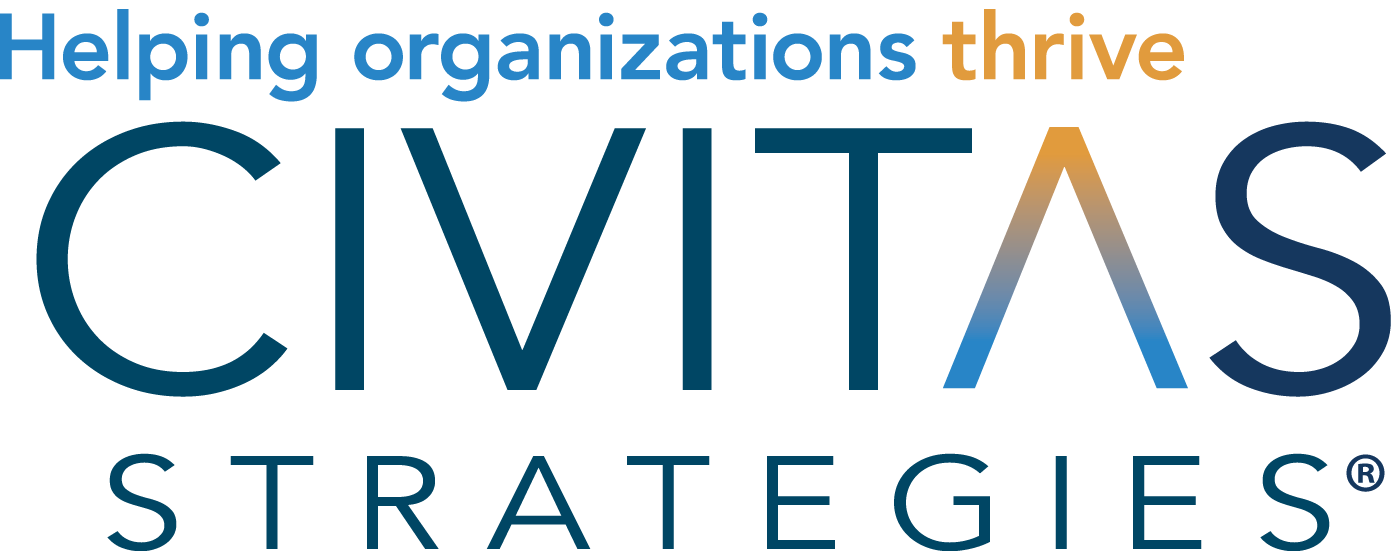Tax-Smart Child Care Benefits for Employers
Support working families, strengthen your team, and reduce your tax burden!
If you're an employer looking to offer meaningful benefits while keeping an eye on your bottom line, child care support might be your best-kept secret. Two federal programs—the Employer-Provided Child Care Tax Credit and the Dependent Care Assistance Plan (DCAP)—make it easier and more affordable to provide this critical support.
These tools aren’t just for large corporations. Small businesses, sole proprietors, and growing teams can all take advantage of these tax-smart strategies to help employees manage the high cost of care—and save on taxes in the process.
📊 The Employer-Provided Child Care Tax Credit
Did you know your business could claim up to $150,000 per year for helping employees with child care?
This powerful credit—outlined under Section 45F of the Internal Revenue Code—offers for-profit employers:
25% of qualified child care expenses (e.g., operating or contracting with a child care facility), and
10% of resource and referral service costs (e.g., helping employees find care).
Beyond the tax savings, this benefit is a major plus for employee recruitment, retention, and satisfaction.
👉 Our guide includes:
✔️ Who qualifies and what expenses count
✔️ How to claim the credit using IRS Form 8882
✔️ Common myths that may be holding you back
✔️ Real-world examples and a credit calculator to estimate your savings
Explore the full guide HERE
🧾 Dependent Care Assistance Plan (DCAP)
Looking for a low-cost, high-impact benefit that supports your employees and saves you money?
A DCAP allows employees—and in some cases, business owners—to pay for dependent care expenses (like child care or elder care) with pre-tax dollars. It’s governed by Section 129 of the Internal Revenue Code and can be set up as part of a broader benefits plan or on its own.
Whether you're a sole proprietor or you have W-2 employees, a DCAP can:
✅ Lower taxable income for employees
✅ Reduce your payroll tax burden
✅ Improve employee satisfaction and retention
And the best part? You don’t need an HR department to get started.
Our guide walks you through:
How to set up a DCAP yourself
Sample plan documents and reimbursement forms
Eligibility rules and contribution limits
Tax benefits for both you and your team
📘 Read the full guide here HERE
💼 Why These Benefits Matter
Child care is one of the top challenges facing today’s workforce. By offering support, you're not only helping your employees—but also strengthening your business. These programs are smart, strategic, and accessible, no matter the size of your team.
Ready to get started? Dive into our step-by-step guides and take advantage of the tax savings hiding in plain sight.
